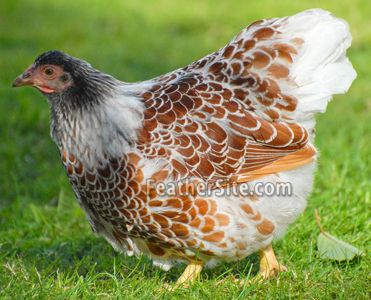- Jun 25, 2014
- 585
- 1,102
- 316
So I was out playing with my 10 wk old chicks and I just found out that 2 of my young cockerel's tail's are turning Blue as they mature!(you have to look really close to tell it's there) I never expected this because I thought that for the blue gene to express itself it had to have a copy of blue from both parents?? Their father was a Buff Orpington and I only have 1 visibly blue EE hen. So I'm just confused how I got these blue chicks? Here are pictures of the cockerels and their tails.









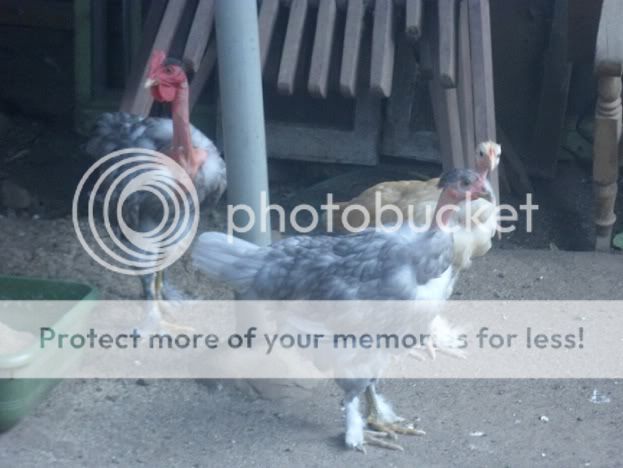
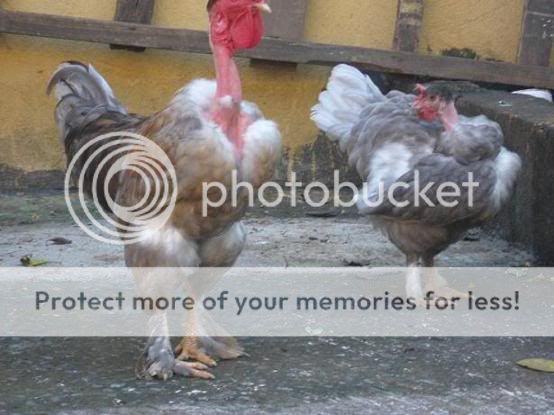
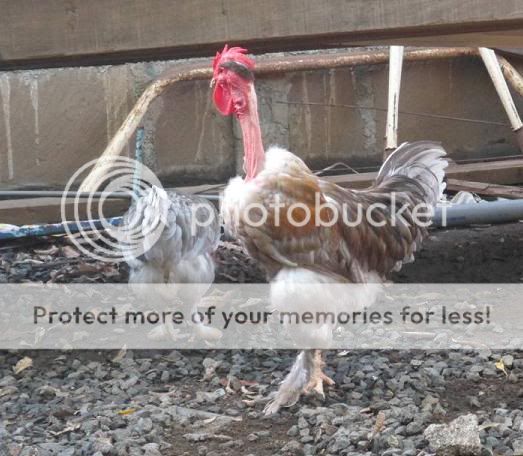
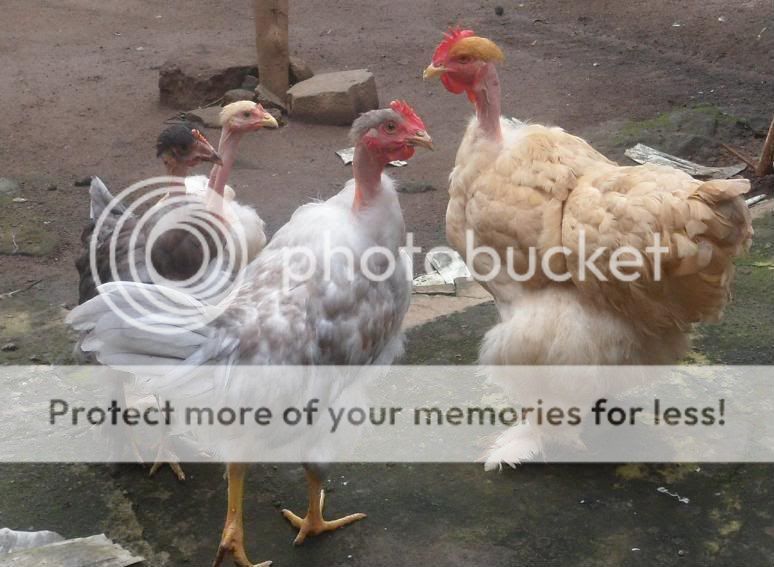
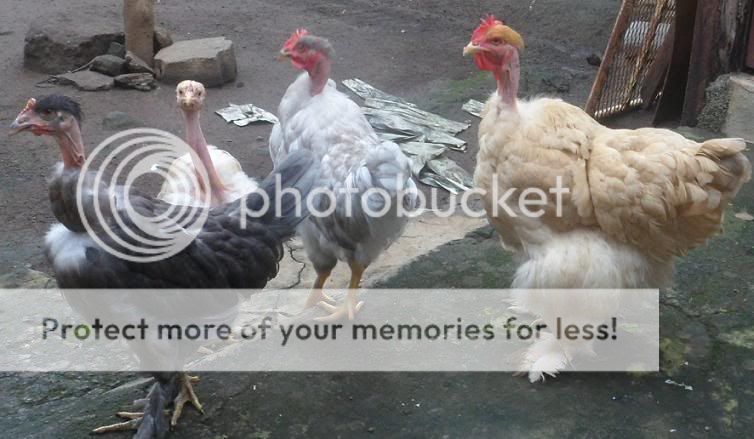
 Silly me!
Silly me! ,I have 3 other hens that have the same sorta look but they don't have a visible blue to them at all,if they had a blue gene at all it would be splash.Also I just remembered I had one other EE hen who was a dark partridge with a slight blue tail(no pics sadly) I gathered the hatching eggs of my current young ones before she died so there is a chance one or both of the blue tailed chicks are hers as well. And that's really cool that you encountered a rogue "blue" gene in your projects! It would be fun to research why that happened!
,I have 3 other hens that have the same sorta look but they don't have a visible blue to them at all,if they had a blue gene at all it would be splash.Also I just remembered I had one other EE hen who was a dark partridge with a slight blue tail(no pics sadly) I gathered the hatching eggs of my current young ones before she died so there is a chance one or both of the blue tailed chicks are hers as well. And that's really cool that you encountered a rogue "blue" gene in your projects! It would be fun to research why that happened!


